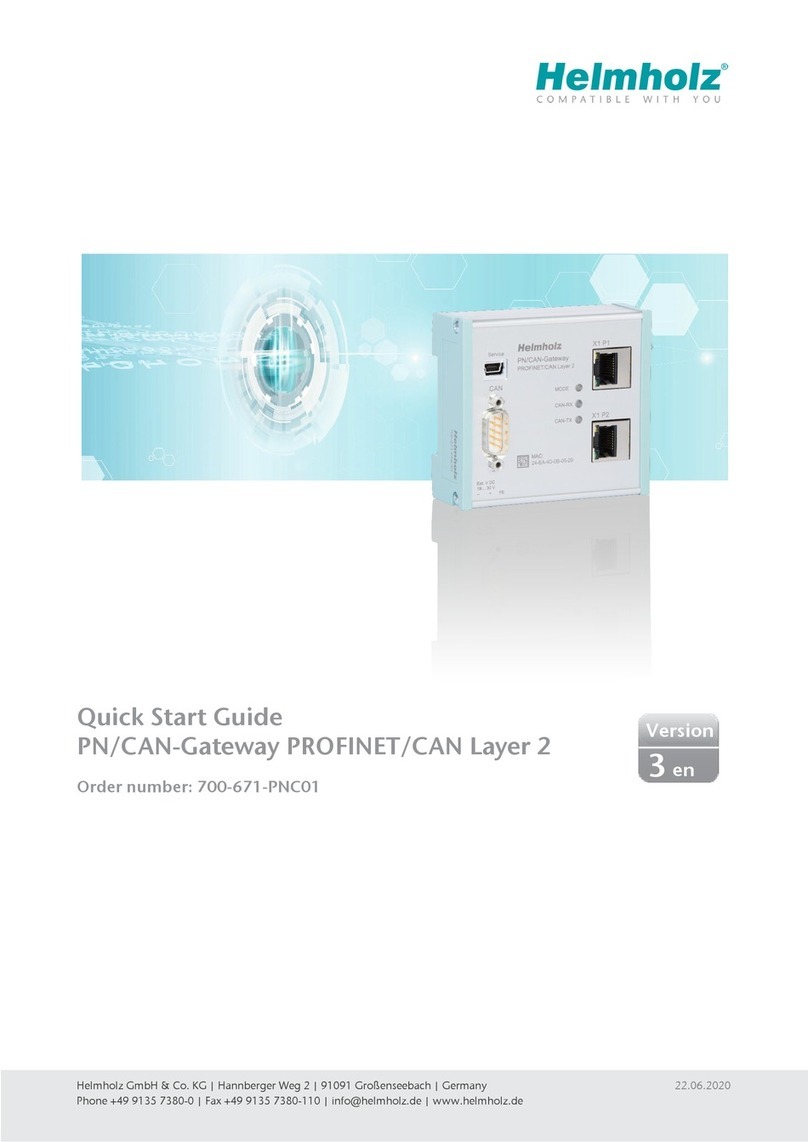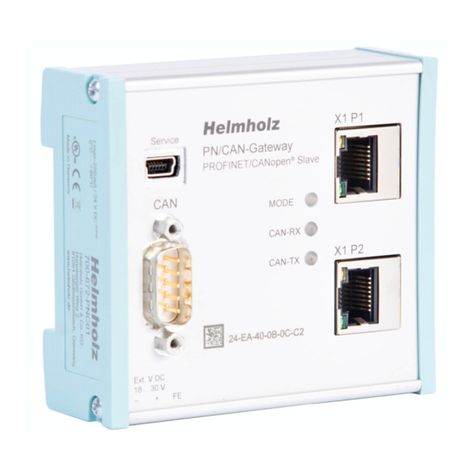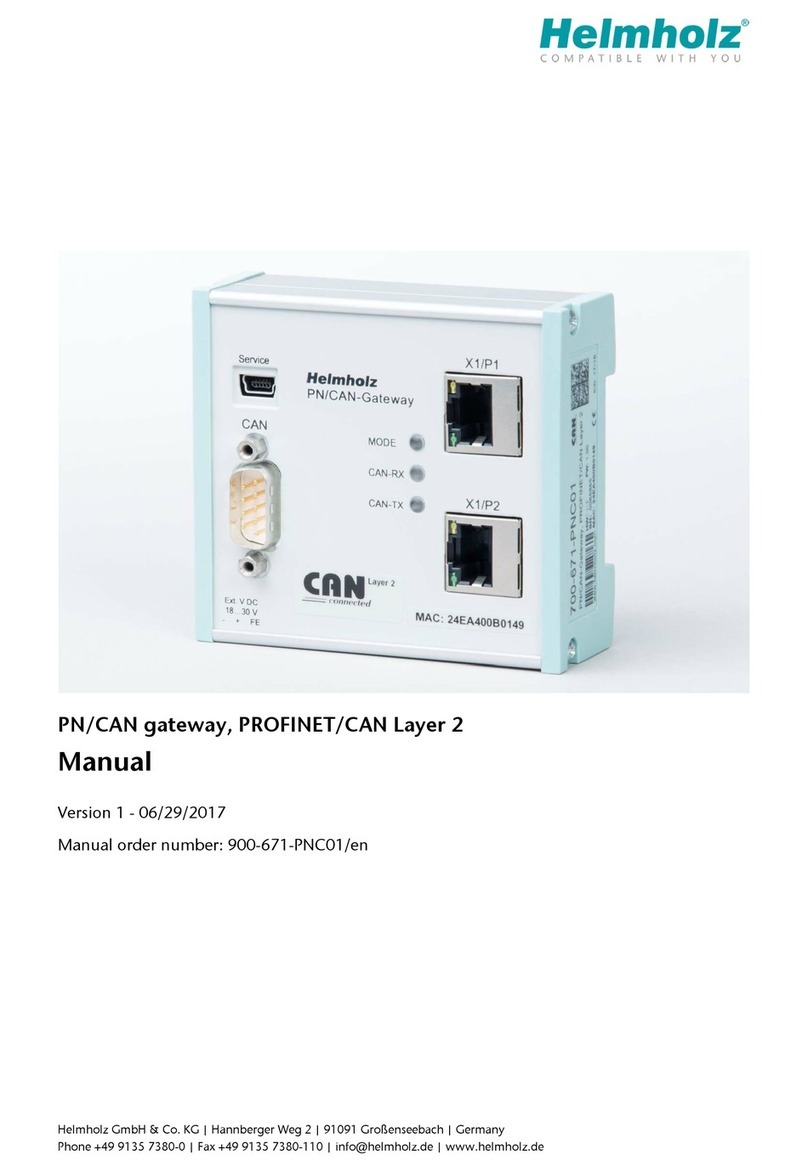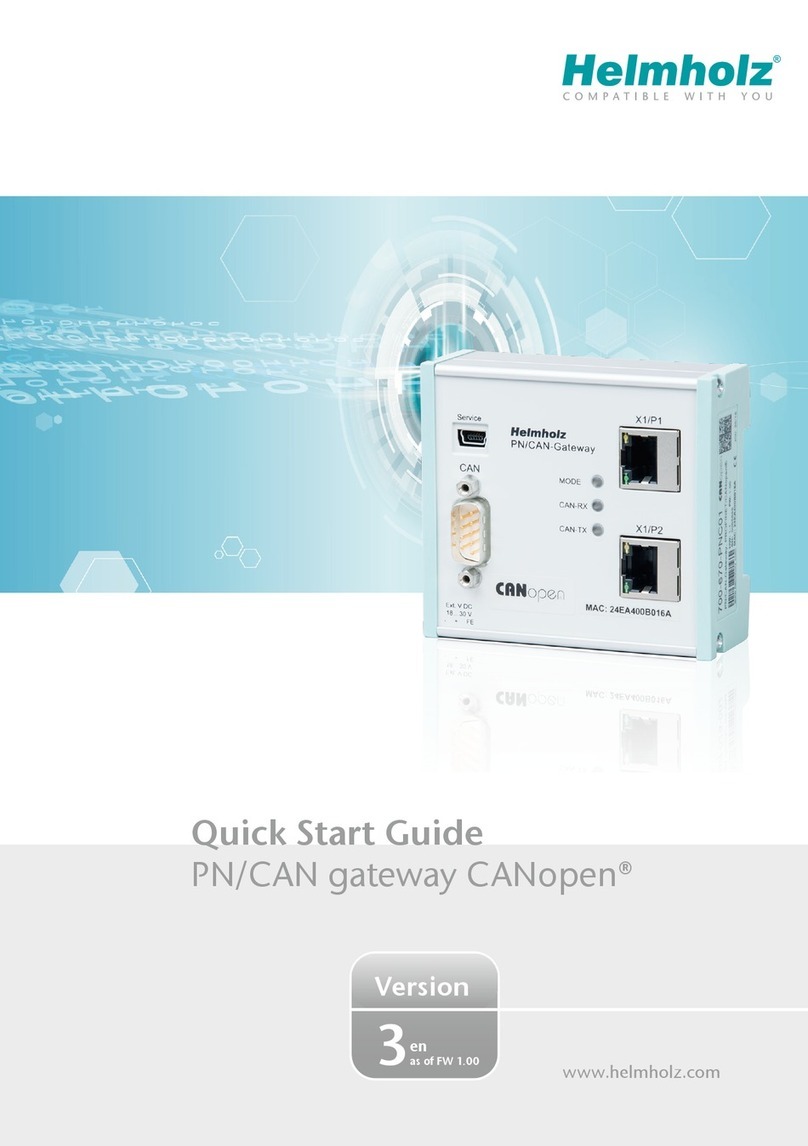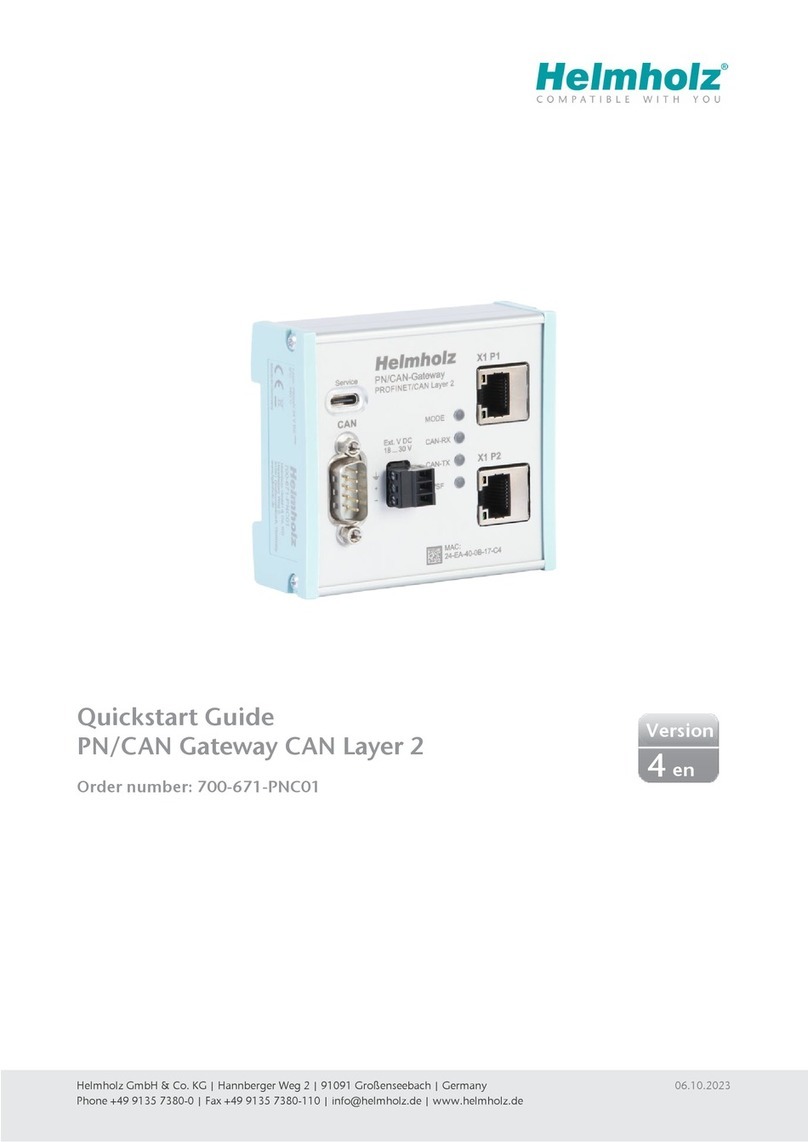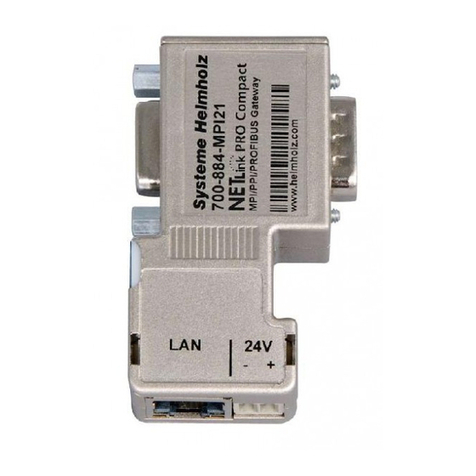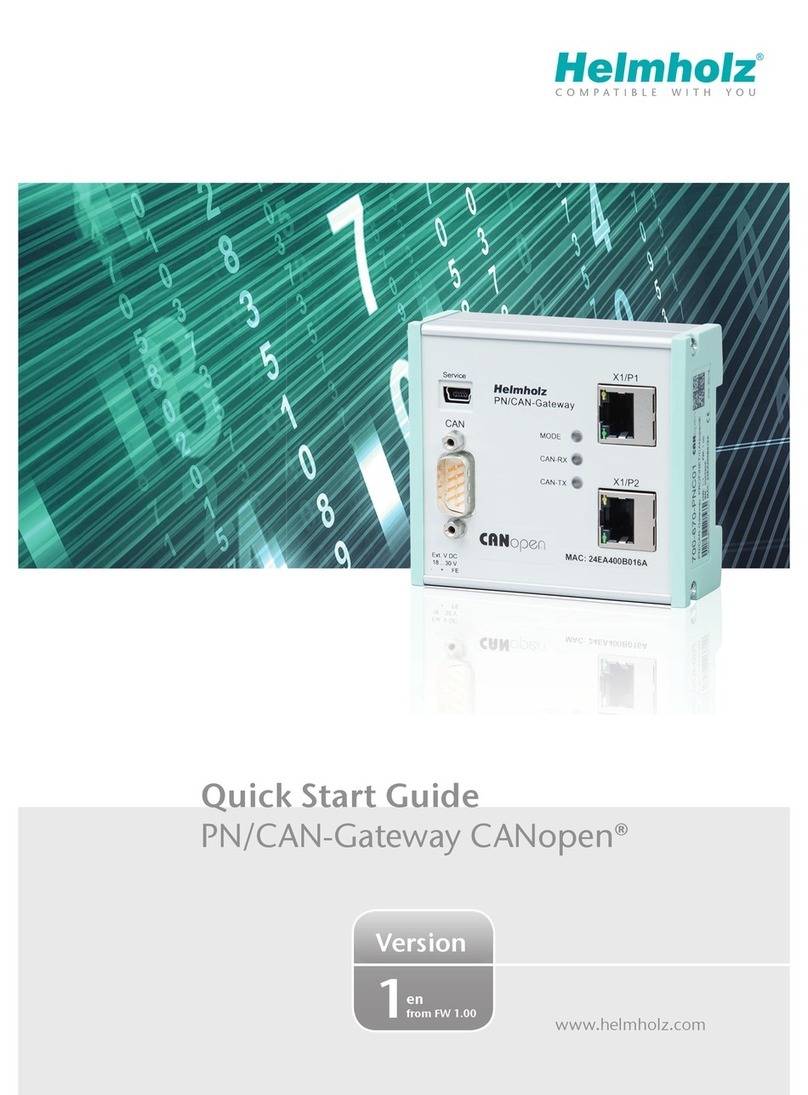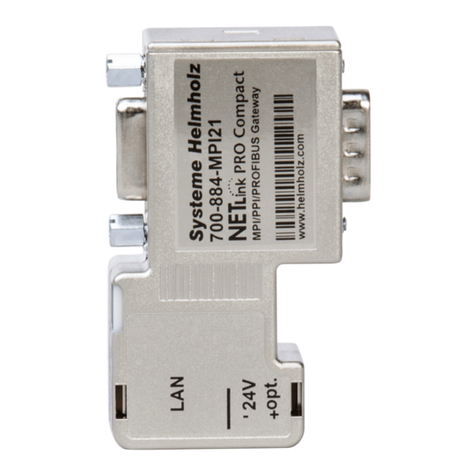
Quickstart Guide WALL IE | Version 14 | 18.07.2022 4
2Introduction
WALL IE, the Industrial NAT Gateway and Firewall, simply integrates machine networks into the high-
level production or company network using network segmentation, packet and MAC address filtering.
The NAT operating mode serves the forwarding
of the data traffic between various IPv4
networks. It enables the address translation via
NAT and uses packet filters for the limitation of
access to the automation network located below.
In the Bridge operating mode, the WALL IE acts
as a network bridge in an IPv4 subnetwork. In
contrast to normal switches, packet filtering is
possible in this operating mode. This means that
the restriction of access to individual areas of
your network can be achieved without having to
use different networks for this purpose.
This document explains the initial commissioning of the WALL IE using the "NAT" and "Bridge"
application examples. Only the most important settings are explained.
For a detailed description of all functions and important safety instructions, please
refer to the WALL IE manual. This can be found at www.helmholz.de or scan the
QR code directly.
3Connecting the WALL IE
The WALL IE must be supplied with DC 24 V at the wide range input 18-30 V DC via the supplied
connector plug. The connection (FE) is for the functional earth. Connect it properly to the reference
potential.
The WALL IE is designed exclusively for operation
with safety extra-low voltage (SELV/PELV).
The RJ45 socket "P1 WAN" is used to connect the
external network. The RJ45 sockets "P2 LAN-P4
LAN" are switched and are used to connect the
internal network.
The inputs IN1 and IN2 have no function in the
current firmware version but will be available for
external switching of firewall rules in a later firmware version.
The housing of the WALL IE is not grounded. Please connect the functional earth connection (FE) of
the WALL IE properly to the reference potential.
The device may only be operated with power supplies that meet the specifications of EN/IEC 60950-
1 for power sources of limited capacity. Otherwise, the device must be operated in an enclosure that
meets the requirements of a fire protection enclosure according to EN/IEC 60950-1.

